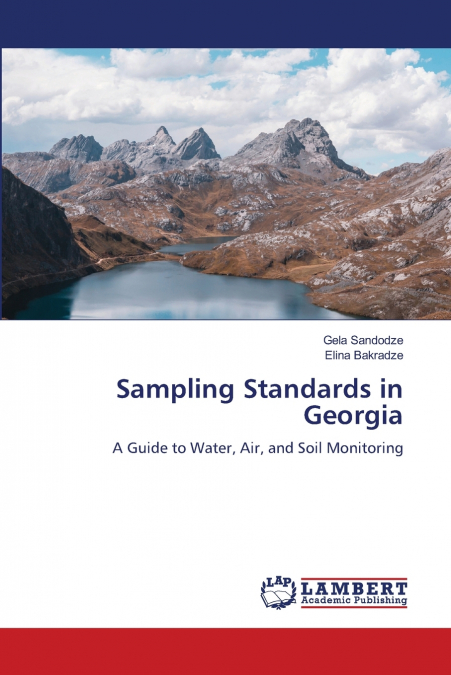
Elina Bakradze / Gela Sandodze
Environmental monitoring plays a crucial role in assessing and managing the quality of natural resources. In Georgia, the sampling of water, air, and soil follows national and international standards to ensure accurate data collection for environmental assessment, pollution control, and policy development. This guide provides an overview of the sampling methodologies used in Georgia, highlighting key procedures, regulatory frameworks, and best practices for obtaining reliable environmental data.For example, surface water sampling in the Mtkvari River follows ISO 5667 standards, ensuring representative water quality assessments. Air quality monitoring is aligning with EU Air Quality Directives. Soil sampling in agricultural regions such as Kvemo Kartli helps detect heavy metal contamination and pesticide residues, supporting sustainable land use management.By standardizing sampling techniques, Georgia strengthens environmental monitoring system, enabling better decision-making and transboundary cooperation. This book serves as a practical guide for researchers, policymakers, and environmental professionals seeking to enhance sampling accuracy and data reliability.